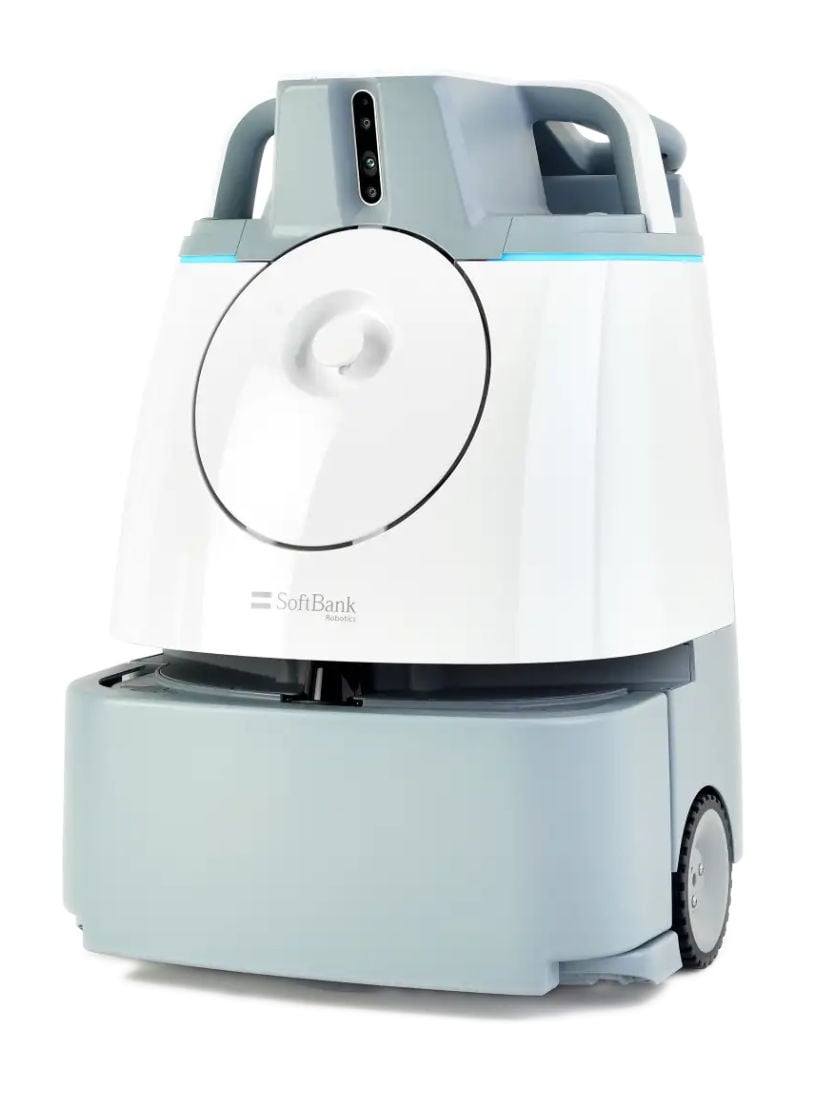Today’s cleaning teams face a number of challenges that make yielding a consistent, high-quality clean that satisfies SOPs an increasingly insurmountable feat. Labor challenges — such as rising wages for janitorial staff and high turnover rates — have measurably impacted profitability margins for cleaning organizations. Post-COVID consumers have ever-increasing cleanliness expectations for the commercial spaces they inhabit. And the dull, repetitive work that occupies most cleaning staff’s working hours has only contributed to additional employee productivity and engagement loss.
Today’s challenges require today’s solutions to solve them, and autonomous cleaning solutions are perhaps the best example of a modern solution to these challenges and more. But without the right information, many organizations approach automation with apprehension, uncertain how automated solutions will show ROI, integrate within existing operating procedures, and fit into already tight budgets.
In this article, we’ll further examine what automated cleaning technologies are, how they work, their associated costs, and some key advantages you might not expect.
What is Autonomous Cleaning Technology?
Autonomous cleaning technologies use robots with artificial intelligence to independently complete rote cleaning tasks that would normally consume hours of manual labor. Offloading monotonous tasks, like vacuuming, to a robot allows businesses to redeploy their cleaning crews to complete thorough sanitization and disinfection tasks.
Autonomous cleaning robots do not replace cleaning staff. Cleaning teams are more critical than ever, but their time is best spent on detailed and deep cleaning tasks that require a human touch.
The question is, do the benefits of autonomous cleaning technology outweigh the costs? Let’s take a closer look.
7 Benefits of Automated Cleaning
When leveraged appropriately, automated cleaning equipment is not just another tool in your toolbox. Instead, this equipment can drive a shift in your entire operational approach.
Below are just a few of the novel advantages that organizations can reap from deploying automated cleaning equipment within their facilities.
1. Achieve a Consistent, High-Quality Clean
Optimizing your cleaning operations with autonomous solutions means you can achieve heightened cleanliness requirements without the added costs of paying overtime and/or hiring additional staff in an already tight labor market. Instead, you can reallocate your existing cleaning team’s time to focus on critical high-value tasks, while service robots take care of the time-consuming vacuuming, sweeping, and floor scrubbing.
2. Gain Proof of Cleaning That Adds to Facility Value
For some industries, building occupants or guests want a facility to be more than simply good looking. They also want it to be healthy.
Research by Fitwel, a certification of building health, found that 87% of its global survey respondents had seen an increase in tenant demand for healthy buildings, with 92% of respondents expecting that demand to grow within the next three years. That demand encompasses the office, multifamily, and retail sectors.
Investors, owners, and building managers will need data to demonstrate their building’s health — and cleanliness data produced by AI-supported automated cleaning equipment is part of that proof.
3. Leverage a New Tool To Support Workforce Retention
A massive shift in labor is taking place today as workers migrate from traditionally labor-intensive or low-paying jobs to roles in other industries. For janitorial and other maintenance work, this is exacerbating already tough historic challenges with labor recruitment and retention.
Automated cleaning equipment, such as autonomous vacuums and floor scrubbers, offload some of the most monotonous cleaning tasks that would otherwise occupy most of your cleaning staff’s days. These are also tasks that contribute to the muscle strain and tears that are among the leading causes of workplace injury.
By automating these tasks, employees can take on new work each day. Employers can also position these investments as part of their commitment to employee health and safety — building the trust that helps reduce turnover.
4. Provide Upskilling Opportunities To Attract Employee Candidates
A June 2021 survey of 15,066 adults in the U.S., conducted by Amazon and Gallup, gauged employees’ interest and experience in upskilling. The survey found that 71% of respondents who had participated in upskilling felt that it enhanced their satisfaction with work. However, upskilling was found to be far more widely available in occupations that already demand high skill levels. For example, 75% of workers in computer occupations had participated in upskilling within the past year, compared to fewer than a third of workers in food preparation, production, or transportation.
Automated cleaning equipment engages cleaning staff in an entirely new way by providing a need for upskilling. That’s because solutions like Whiz and Scrubber 50 Pro work in tandem with your existing team. Companies can leverage both technology training and the management of collaborative robot fleets as opportunities for professional development and potential career growth, which in turn can help attract new candidates and retain top talent.
5. Create Efficiencies That Allow for More Service Without More Cost
If your automated cleaning equipment allows staff to offload certain time-intensive tasks to robots and take on additional work, you’re gaining some level of efficiency. The trick often is quantifying what that really means to your organization. Consider, for example, that vacuuming may take up to 30% of total facility cleaning time. By automating this repetitive task, cleaning teams can see a 25% boost in team efficiency without sacrificing the level of cleanliness or adding additional staff.
For Core Facility Services, deploying Whiz allowed the company to reduce time spent vacuuming by 50%, which allowed team members to dedicate their time to disinfecting and sanitizing services. Adding other automated cleaning solutions — such as floor scrubbers or multi-use floor cleaners — may generate further time and cost savings for cleaning staff.
6. Strengthen Your Return on Experience
Return on experience is a metric used to measure the impact of an investment in customer experience on your company’s bottom line. Understanding this metric helps organizations strategically build meaningful interactions with customers.
Today’s cleaning robots can help with this, as they offer far more than simply a guarantee of cleanliness. Fully visible cleaning robots create shareable moments with a brand and position companies as tech-focused innovation leaders. That’s because cleaning robots are still a novel tool, and with that comes the potential to build excitement among the consumers and guests who can see a robot at work in your common areas.
7. Set the Stage for a Culture of Innovation
As noted above, automated cleaning equipment can shift your operational approach. It provides an opportunity for data analysis and new relationships with your workforce. It can also set the stage for creating a culture of innovation.
Workplaces with a culture of innovation cultivate creative, outside-the-box thinking. This may mean the difference between investing in innovative new tools and entirely new ways of offering services. This type of culture inspires employees to take ownership of their work and become company ambassadors. It creates a differentiator that can secure customer loyalty.
The Costs of Autonomous Cleaning
Now, the big question: what does autonomous cleaning technology cost? If you’ve never adopted automated equipment before, it might be difficult to envision where this fits in your current budget. Perhaps the most helpful way to compare new automated solutions is to consider how these potential expenses stack up against your current operational expenses — many of which vary from month to month. Cleaning staff wages, for example, have been on the rise across several industries, and this variability adds complexity to forecasting resource needs and staying within budget.
Our autonomous cleaning solutions, however, come at a fixed cost for a guaranteed time period — including maintenance and repairs. This flat-rate model helps our clients better manage their expenses, track ROI, and fit our solutions within their existing budgets. Once fully adopted, cleaning technologies can also help reduce the total cost of your operations over time. By improving employee engagement and retention, these solutions may indirectly reduce the cost of acquisition and improve employee lifetime value.
Make the Automation Shift with The Trusted Service Robotics Partner
Even with all the benefits above in mind, switching to automation is a big decision that requires the right combination of tools, planning, and strategic partners. At SoftBank Robotics, our difference is our commitment to our clients’ success. Our high-touch service model offers end-to-end support to ensure your program starts on the right foot and continues to improve over time.
Learn how our white-glove service approach helps you maximize your automation investment.








